|
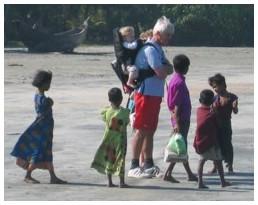 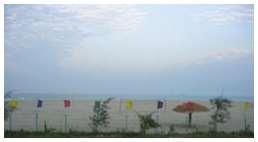 St
Martin's Island was a special experience. One day we could not move one
centimeter without being followed by a large quantity of islanders. The
other day we would be totally alone, having 10 kilometers of beach
entirely to ourselves. St
Martin's Island was a special experience. One day we could not move one
centimeter without being followed by a large quantity of islanders. The
other day we would be totally alone, having 10 kilometers of beach
entirely to ourselves.
On the island there is no electricity. Experiments are done with windmills
and solar cells but to no wide extent or success yet. Some people have ideas about burning coconuts. However, at
the time being, just the hotels have a generator and they only operate it
between 6 and 10 PM. After that, you can have a romantic tête-à-tête with
an oil lamp. These evenings enabled us to ameliorate our bridge capacities
a whole lot.
success yet. Some people have ideas about burning coconuts. However, at
the time being, just the hotels have a generator and they only operate it
between 6 and 10 PM. After that, you can have a romantic tête-à-tête with
an oil lamp. These evenings enabled us to ameliorate our bridge capacities
a whole lot.
|
|
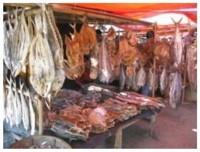 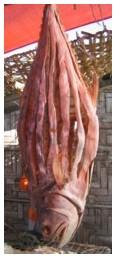 The
island has only one
small town and a little over 5,000 inhabitants. Its area is only 8 square
kilometers. Most of the inhabitants are fishermen and they sell their
fresh products every morning on the beach and transport it probably also
to the main land. The
island has only one
small town and a little over 5,000 inhabitants. Its area is only 8 square
kilometers. Most of the inhabitants are fishermen and they sell their
fresh products every morning on the beach and transport it probably also
to the main land.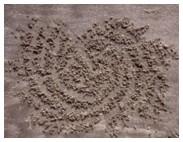 Part of the fish is dried and hanging in the sun until a hungry customer
will buy it.
Part of the fish is dried and hanging in the sun until a hungry customer
will buy it.
On the beach, we found many beautiful shells. The beach was also covered
by crab traces, and
often we saw a small crab running sideways to seek cover.
The island is so small, that you can walk around it in four hours, which
we did. On our journey, we saw many interesting things, like cows, a snake
and a dead sea turtle.
|
|
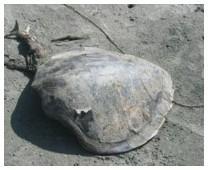 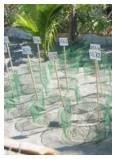 There
is a hatchery on the island for sea turtle eggs. The sea turtles are left
only with a small population and come in the night to the beach to lay
there eggs. These eggs however are threatened by several things, one being
the many stray dogs, that dig the eggs out. There
is a hatchery on the island for sea turtle eggs. The sea turtles are left
only with a small population and come in the night to the beach to lay
there eggs. These eggs however are threatened by several things, one being
the many stray dogs, that dig the eggs out.
Now the staff members of the hatchery dig the nests out and raise the in
the center. As soon as the little turtles are born and strong enough, they
are released again. We went to take a look but there was not much more to
see than some small sand heaps, that hid the eggs. Only after I had taken
a picture, I noticed the sign that it was "very strictly forbidden to
take pictures." I still cannot see what was so interesting or secret
about the sand heaps; maybe some other business was going on there that
did not need publicity; not that any tourist was in sight during the days
that we were on the island.
|
|
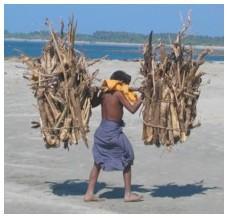 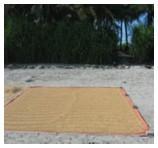 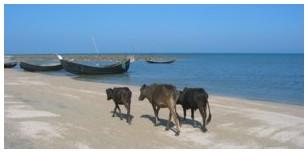
Child labor is still common in Bangladesh.
On the island, we saw many children
carrying heavy loads, selling dried fish, helping in the hotels, minding
the cattle and chasing the tourists (in this case, us) trying to sell
anything from their services as a tour guide to sea shells and coconuts.
Rice production is the next business on the island after fishing, and the
rice is put simply on the sand of the beach to dry.
|
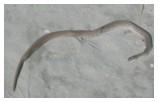 |
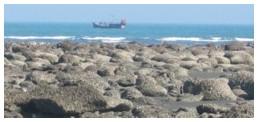
|
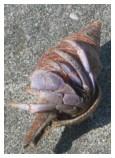 |
|
|
 |
|
|
|
|
|


